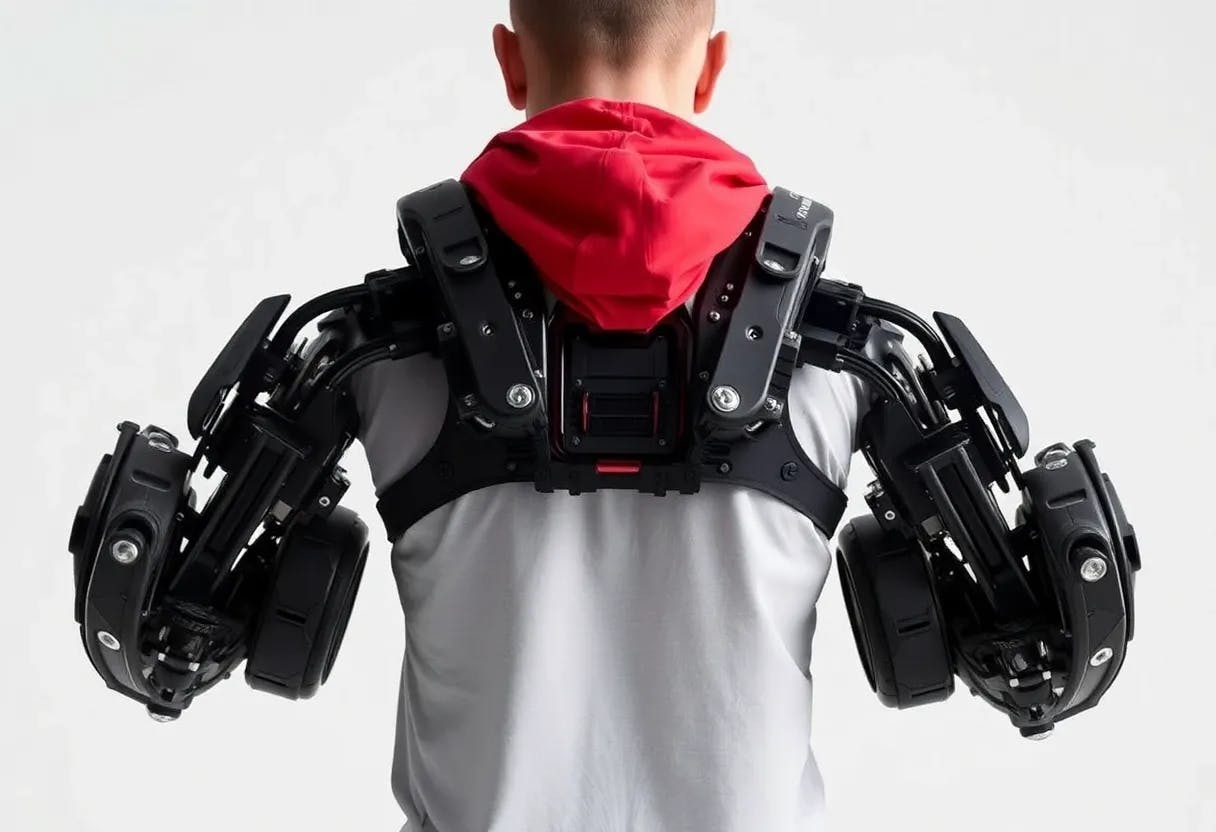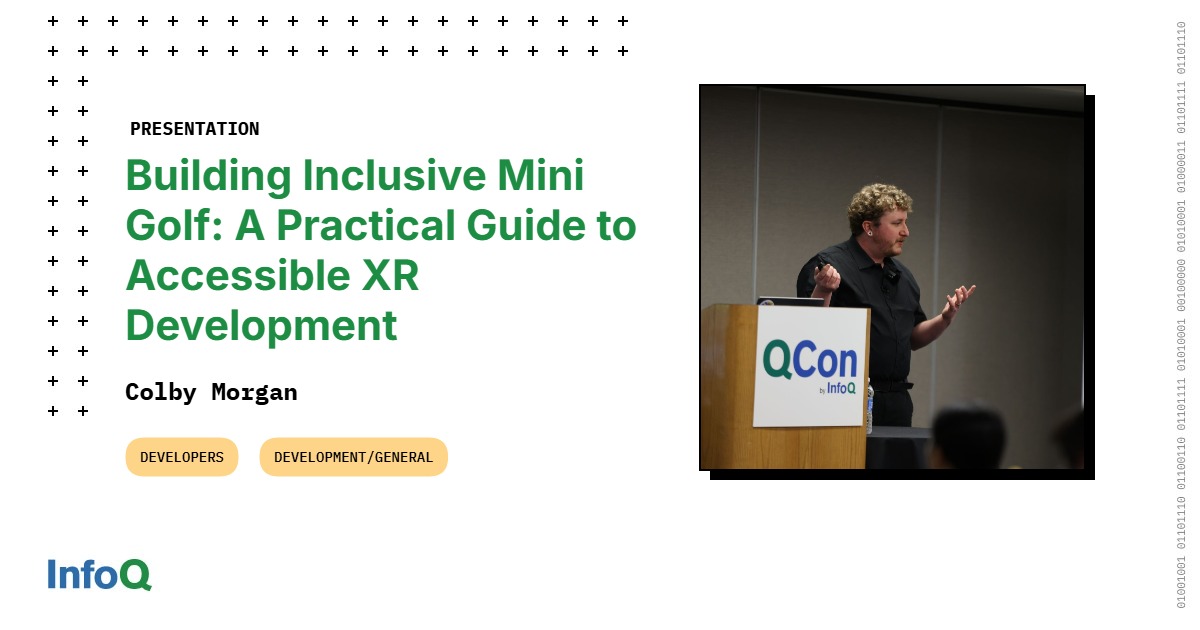Authors:
(1) Mohammad Shushtari, Department of Mechanical and Mechatronics Engineering, University of Waterloo ([email protected]);
(2) Julia Foellmer, Mechanics and Ocean Engineering Department, Hamburg University of Technology ([email protected]);
(3) Sanjay Krishna Gouda, Department of Mechanical and Mechatronics Engineering, University of Waterloo and Toronto Rehabilitation Institute (KITE), University Health Network ([email protected]).
Table of Links
Abstract and 1 Introduction
2 Results
2.1 Initial Processed Data for a Representative Participant
2.2 Overall Performance Analysis
2.3 Interaction Portrait Analysis
2.4 Individual Adaptation Strategy
3 Discussion
3.1 Human Adaptation
3.2 Importance of IP Analysis
4 Conclusion
5 Methods
5.1 Feedforward Control Strategies
5.2 Experimental Setup
5.3 Experimental Protocol
5.4 Data Analysis
Declarations
Appendix A Complementary Example Data
Appendix B Comparison with Natural Walking
References
4 Conclusion
We proposed a new metric for the analysis of human-exoskeleton interaction (Interaction Portrait) and employed it in investigating the effect of three feedforward controllers in enhancing human-exoskeleton interaction during assisted treadmill walking at different speeds. Through interaction portrait analysis, we found that the HTC controller demonstrated a more suitable performance for power augmentation along with reducing muscle activation and metabolic cost. On the other hand, the AMTC controller, also proposed in this study, proved to be more suitable for rehabilitation applications, as it promoted user reliance on their own muscular capacity by making the exoskeleton transparent.
Furthermore, we observed that the human adaptation pattern facing each of the HTC and AMTC controllers was influenced by the participants’ weight. Individuals with lower weight tended to take control with the AMTC controller, while heavier participants were more inclined to relinquish control when interacting with the HTC-controlled exoskeleton. IP analysis has been only performed to evaluate the ablebodied individuals’ interaction with exoskeletons. As the next step of this research, we plan to analyze the interaction portrait of motor-impaired individuals with exoskeletons equipped with different assist as needed controllers to provide a meaningful and objective comparison of these controllers.










